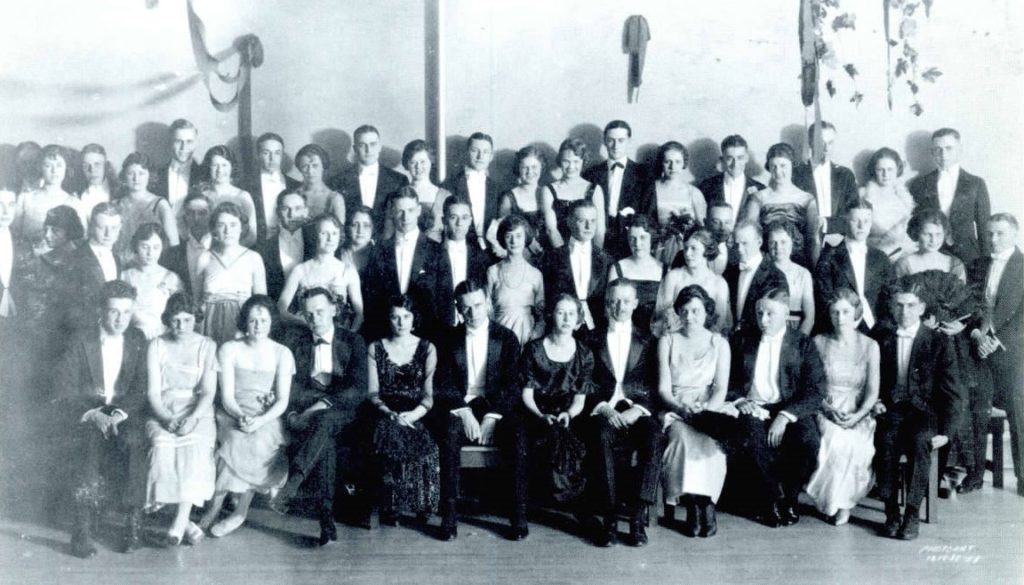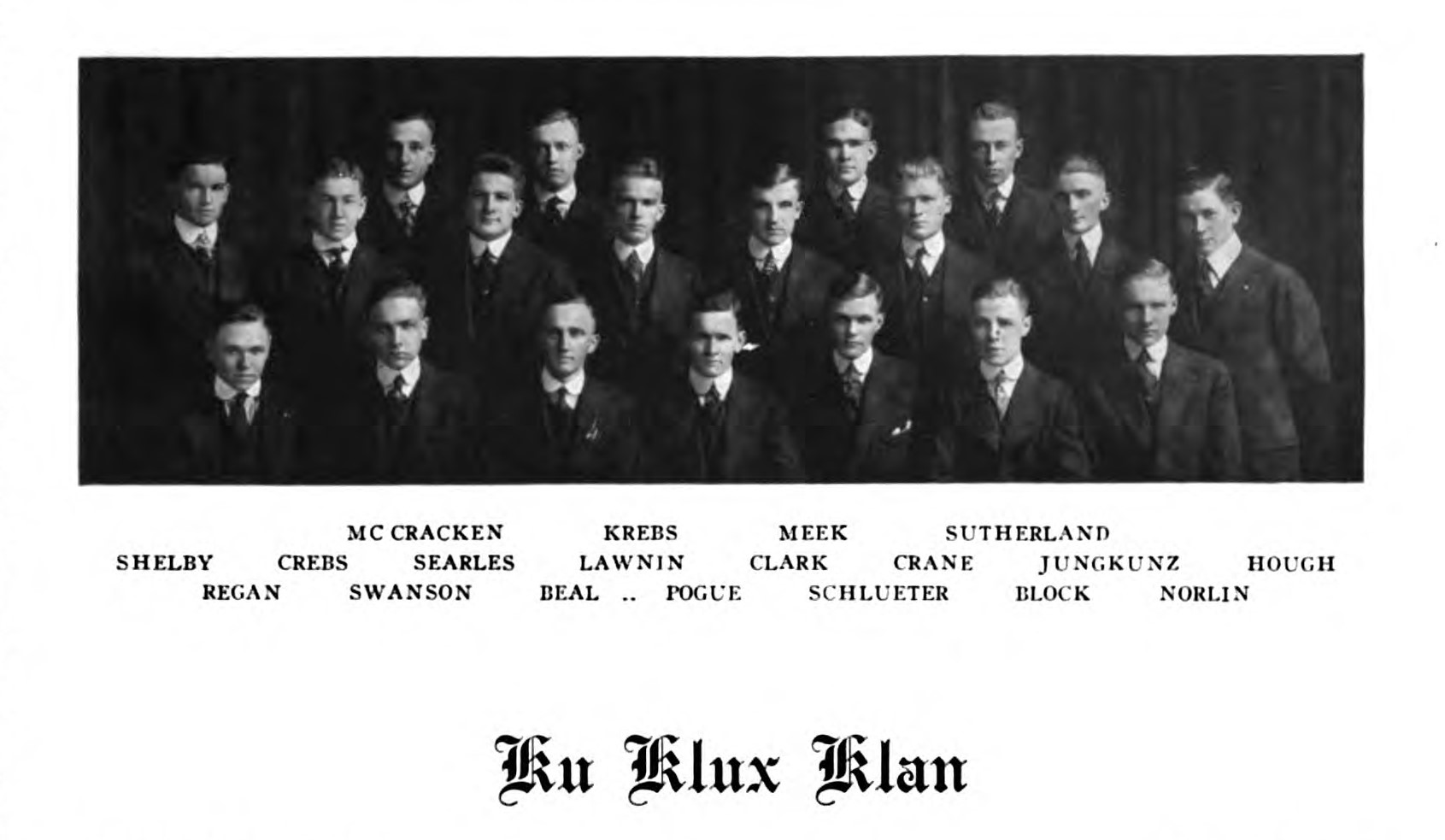Over one hundred years after it existed, the history of a student organization at the University of Illinois is still being reevaluated. The organization’s name was Ku Klux Klan, or KKK, the same as the most notoriously racist organization in United States history. While there is little known about many aspects of it, the University of Illinois Archives have maintained a FAQ page on the group since 2004. In January of this year, this page was updated to remove claims that questioned or denied that the group had “racist aims,” and adding that they “may have been sympathetic with the sentiments of the national Ku Klux Klan.”
The student organization was formed under the KKK name sometime between 1906 and 1909. It functioned as a “junior honor society,” with membership drawing from around 20 different campus fraternities. Despite its identical name, the student group does not appear to have been officially connected with any iteration of the national Klan. However, they likely drew inspiration from contemporary media which glamorized the first national KKK, such as the works of white supremacist Thomas Dixon.
In 1915, the group was officially recognized as a student organization by the University of Illinois. Later that year, the widely popular film The Birth of a Nation was released, further popularizing the image of the Klan on the national stage. There were even showings in Champaign, which were attended by the mayor and all the aldermen. Around the same time, the second iteration of the national KKK was established, reaching millions of members by the mid 1920s.
The national KKK’s rise in prominence would correspond with a period of increased scrutiny of the student group which shared the same name. The student organization’s most controversial moment came in January of 1923, when members dressed up in red-crossed robes emblematic of the Klan and “loudly proclaimed their presence” on the night of one of their social gatherings. This was likely not the first time they emulated the Klan, as there are several other references to the group wearing hooded robes or imitating racist tropes. However, January 1923 did mark the first time they would receive significant backlash for their action. The next day, on January 9th, the Daily Illini published an article urging them to change their name. Next, the U of I administration forbade them from hosting any more dances until the group was “properly organized.” Under pressure, the group changed its name to Tu-Mas, and ceased to exist sometime in the 1930s.
During its time, the student group had members in many prominent campus roles, including student council members, class presidents, and editors of the Daily Illini. Their most prominent member was Harold Pogue. Along with being a star football player, Pogue was the one to officially register the KKK as a student organization in 1915. Later in life, he went on to become a U of I administrator, serving on the Board of Trustees.
For many years, the University Archive’s accounts, both public and private, took a more defensive posture to the student KKK. The first instance of this was prompted by a 1987 Daily Illini opinion piece which cited the Student KKK as an example of historic racism in Greek Life as part of a broader criticism of the University’s role in the Greek system. University Archivist Maynard Brichford disputed the article’s interpretation, writing that the article “illustrates the problems the name causes for modern students who do not understand the historical context.”
Seven years later, Brichford responded to historian Timothy Messer-Kruse’s article on the University of Wisconsin-Madison student KKK, a similar student group which was founded by members of the U of I organization. Messer-Kruse argued that the organization contributed to a “culture of intolerance” on the Madison campus. Brichford was again critical of Messer-Kruse’s approach, arguing that he “reached his conclusions before doing his research.”

In 2004, the original version of the archive FAQ page was created in response to questions the archives received about the student KKK, most notably, “What was the relationship between the student group appearing in early twentieth-century Illios under the name of ‘Ku Klux Klan’ and the national Second Ku Klux Klan?” It was written primarily by John French, and included the following section commenting on the nature of the student group:
“But absent any direct evidence, one cannot say that the campus group had racist aims. Perhaps the group’s founders merely had a predilection for exotic-sounding names.”
This section can be found updated in a copy of the FAQ page from 2009 to remove the second sentence and moderate the claim made about the group’s racist aims. However, it still included the claim that “there is no evidence that the [student KKK] had racist aims”
Otherwise, the FAQ page appears have been unchanged until January 26th of this year. In these most recent updates, the FAQ page’s opening paragraph was modified to clarify that the document originates in 2004 and has recently been updated. Two sentences were modified to remove any indication the group did not have racist aims. Additionally, a sentence elaborating on the views of student KKK members was added: “Circumstantial evidence (as noted below) suggests members of the organization may have been sympathetic with the sentiments of the national Ku Klux Klan (KKK).”
These changes were made just eight days following a student email inquiry on January 18th, 2024, which suggested changes to the page. Twenty years after the FAQ page was first created, marks a change towards a more critical perspective on the controversial student organization.








